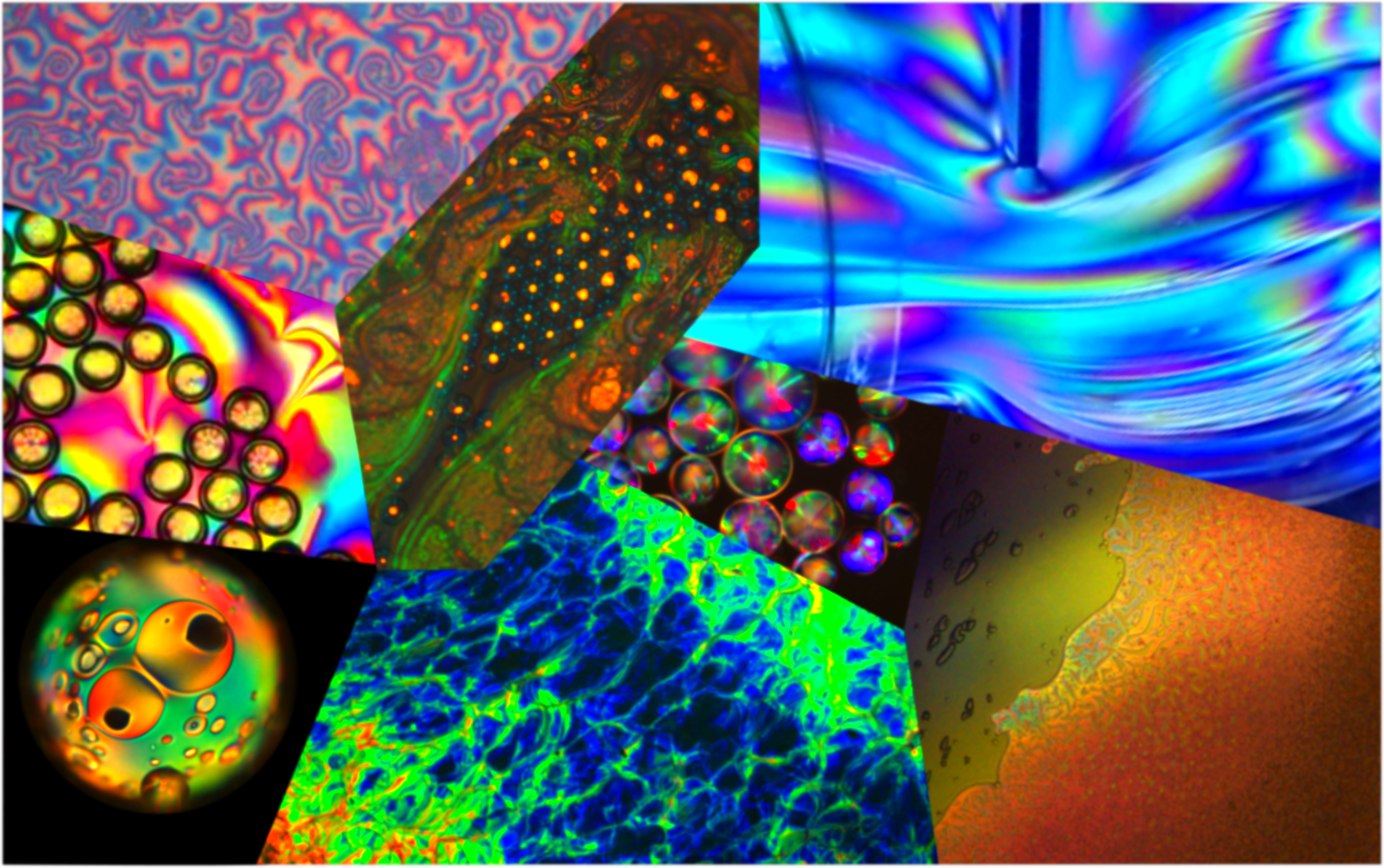

- © 2017–2025 Jan Lagerwall and the ESMP Group 0


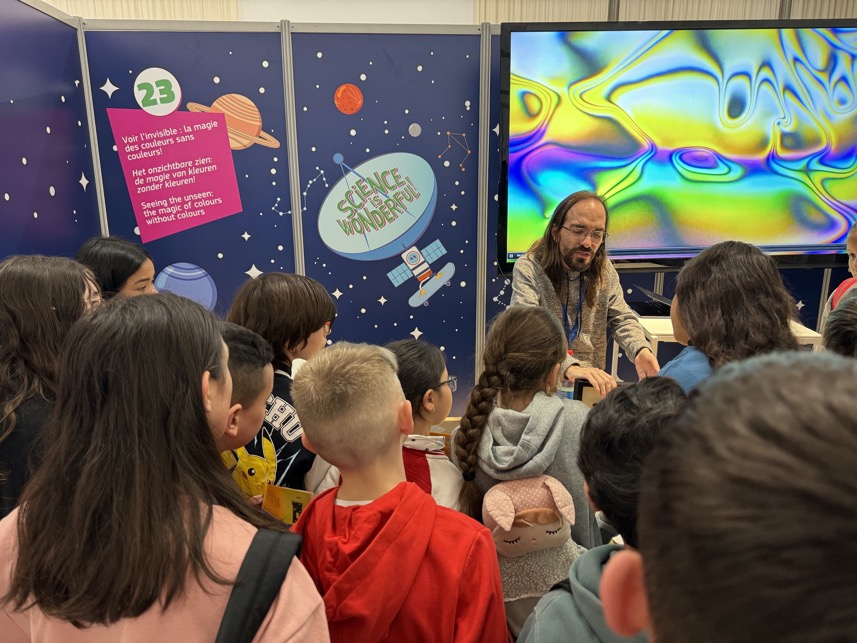
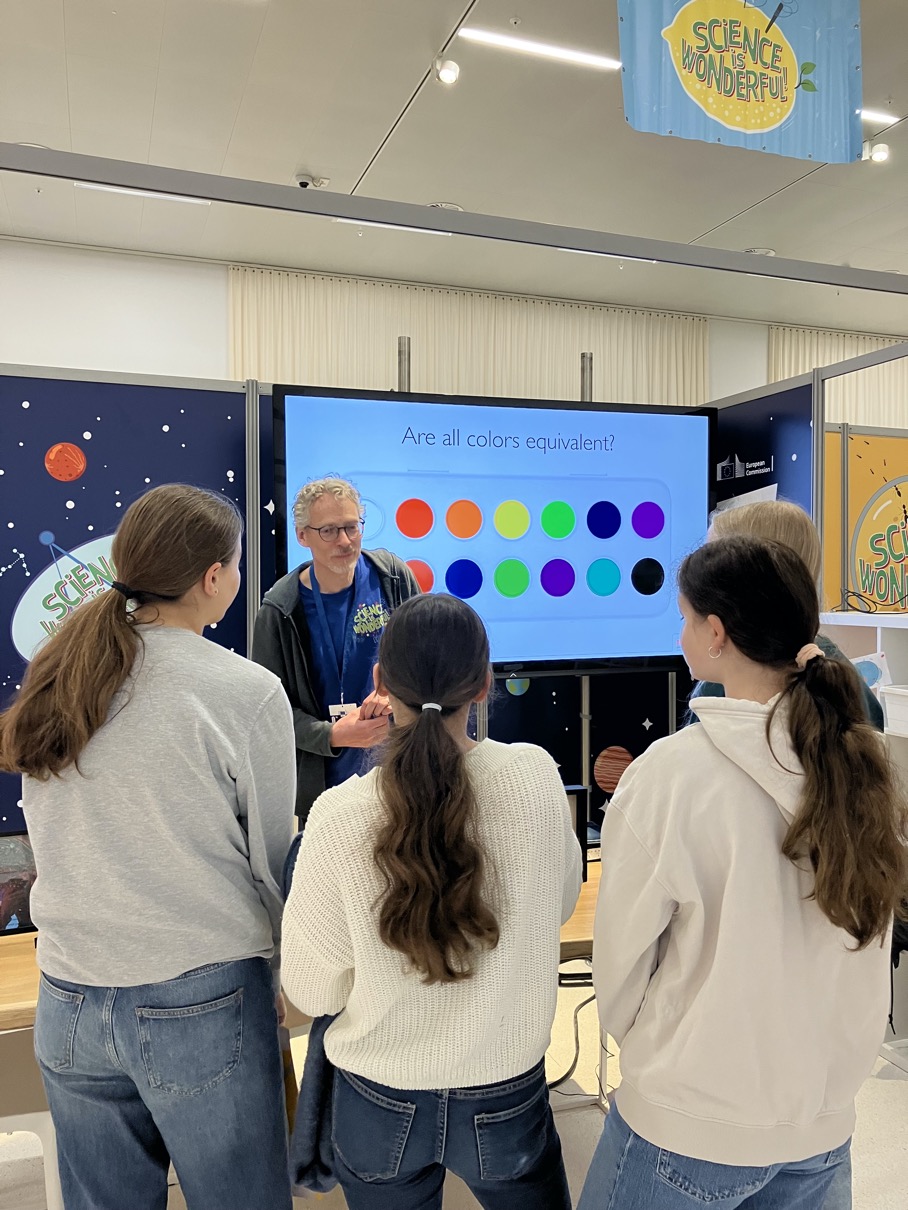
As tired as we are after the event, it was definitely rewarding and exciting, and we're looking forward to the next edition.
\LWH\
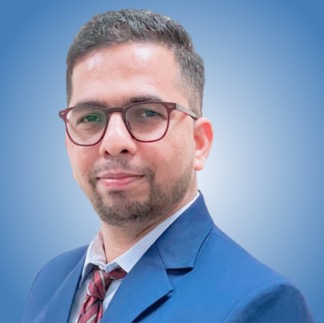
After doing his Master's in India and his Ph.D. in Singapore, Vijay comes to us from a previous position at the Luxembourg Institute of Science and Technology. He's the first hire on the ALCEMIST project, in which he'll be working on the next generation of sustainable liquid crystal oligomers and elastomers derived from cellulose.
\LWH\
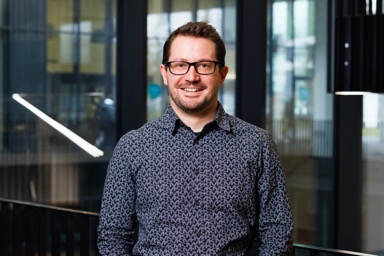
Originally from Slovenia, where he completed his Ph.D., Tadej comes to us from the University of Chicago, where he worked as a postdoc in the group of Juan de Pablo. He joins us on the INVISIMARK project, a project in cooperation with the Luxembourg Ministry of Defense, in which he'll be working with us for (at least) the next year and a half on the use of CSRs for secure identification purposes.

Churchill comes from Nigeria and joins us after his Master's studies in Photonics at the University of Eastern Finland in Joensuu. He'll be working on the SHADOW project, a collaboration with the University of Ljubljana, on studying ferroelectric nematic liquid crystals under confinement.
\LWH\
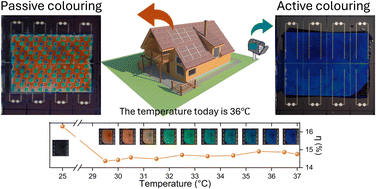
The article is free to access and read; a very nice way to end the year!
\LWH\


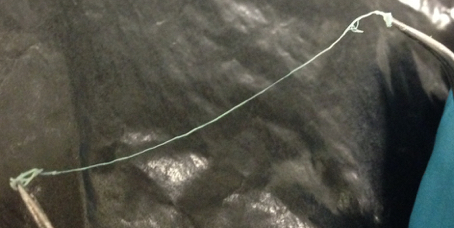
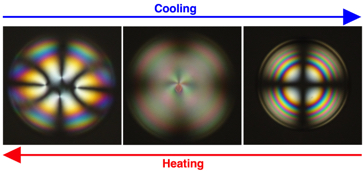
(Click the image below to visit the article:
All supplementary info is open access!)
\AS\
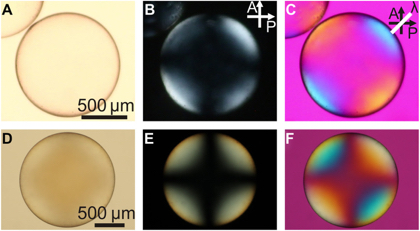
. .
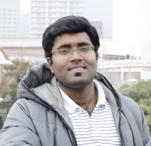
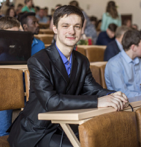
Welcome to our new post-doc Rijeesh (left) and phd Nikolay (right) who have joined our team. Rijeesh will be working on making cholesteric LC shells for reflector tags. While Nikolay will aim to generate tube-shaped liquid crystal elastomer actuators for biomedical applications.
/AS/
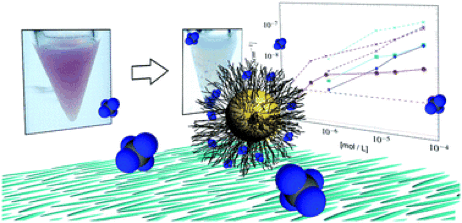
(click the above image to access the article online)
Congratulations to Martin on the publication in J. Mater. Chem. C of his dielectric spectroscopy study “Why organically functionalized nanoparticles increase the electrical conductivity of nematic liquid crystal dispersions”!
This paper gives a first systematic study of how and why nanoparticle doping raises the electrical conductivity of thermotropic liquid crystals like the commonly studied 5CB. By a careful analysis of the dielectric spectra, he shows that the hydrodynamic radius of the ionic charge carrier is much smaller than the nanoparticles, ruling out the particles themselves as the source of conductivity. The ligand molecules are also not the reason, as is demonstrated by strong sonication of the dispersions, such that the ligands detached from the nanoparticles. While this causes nanoparticle aggregation and the loss of suspension stability, the effect on conductivity is negligible. The ligand shell is, however, partially responsible, because the ions giving rise to the conductivity increase are most likely remnants from the ligand-functionalized nanoparticle synthesis process. We propose that these ions are brought in with the ligand shell when the particles are dispersed in the 5CB. Interestingly, the ions appear not to be released in an isotropic and aromatic solvent such as toluene, which is often the host for commercial gold nanoparticle suspensions, but 5CB is an ideal host for their dissolution. The aliphatic ligand shell has a higher compatibility with 5CB than with toluene, thanks to the alkyl tail of 5CB, and at the same time the high polarity of the 5CB (due to the cyano group) allows better ion dissolution than in regular hexane. Finally, the nematic order of the 5CB solvent provides an anisotropic environment in which the ligands are stretched out preferentially along the director, making release of ligand-bound ions to the solvent more likely.
/JL/
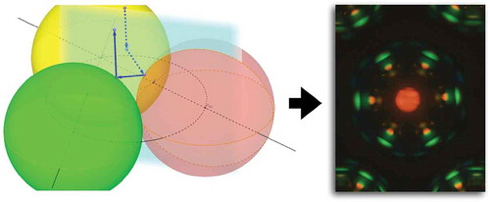
(click the above image to access the article online)
Our fruitful collaboration with Irena Drevensek-Olenik (Ljubljana) and Romano Rupp (Vienna) has resulted in a new article published in Liquid Crystals (special “John Goodby Festschrift” issue). It's also open access!
The paper is entitled “Elucidating the fine details of cholesteric liquid crystal shell reflection patterns” and it combines optical analysis and computer simulations with experimental investigations in the polarizing microscope, allowing a much advanced understanding of the intricate communication patterns arising in collections of short-pitch cholesteric liquid crystal shells, produced using microfluidic techniques. We can now give quantitative information on how the size of the main reflection spot scales with shell size and we explain a number of reflection spots that have previously been ignored. We show that one must consider a certain variation of incidence and reflection angles as well as reflection within the liquid crystal shell in order to explain the patterns. A particularly interesting result is the demonstration and explanation of the first reflection spots that involve communication between three shells: light incident close to the perimeter of one shell can be reflected to an adjacent shell at such an angle that the reflected beam hits a third shell, which then in turn reflects it back to the observer.
/JL/